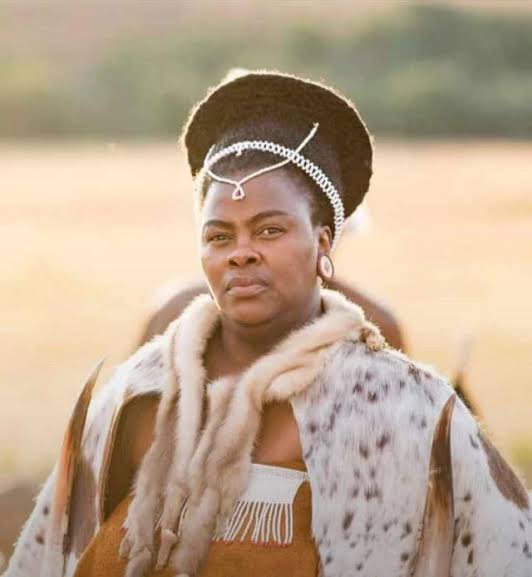1. THE KHUPE CLANS OF ZIMBABWE 🇿🇼
Umnxeba.....📝
The Khupe people of Zimbabwe are of Pedi origin. They are of the hare totem. However, due to migration they eventually settled among the Kalanga people of Botswana and south western Zimbabwe.
Umnxeba.....📝
The Khupe people of Zimbabwe are of Pedi origin. They are of the hare totem. However, due to migration they eventually settled among the Kalanga people of Botswana and south western Zimbabwe.

2. The Khupe people of Zimbabwe come from three clans : Tshilalu/Tjilalu, Bangwadi and Malobela.
3. They originally came from south of the Limpopo, traversed through Botswana in the Tswapong areas and eventually stayed in what is modern day Botswana and south western Zimbabwe.
4. In Zimbabwe, the Khupe - Mangwadi are mostly found in Nopemano in Plumtree north. The Khupe-Malobela are mostly found around the areas of Makhulela in Bulilimamangwe north.
5. The Khupe people of Zimbabwe are of the hare totem. They were assimilated into the Kalanga communities and identify mostly with Kalanga language and culture.
6. Some historians like Pathisa Nyathi have argued that when Mfecane broke out in Zululand, communities resident in the north of South Africa felt insecure & sought security by migrating further north with some settling among the BaKalanga and BaLozwi/vaRozvi.
7. He further argues that BaPedi, were of Kalanga origins before they became Sothoised and settled in South Africa. The same is true of their kinsmen the Babirwa found in South Africa, Botswana & Zimbabwe. The Khupe people thus recaptured their long lost Kalanga identity.
8. Sources :
- Kalanga : Retrospects & Prospects Published by the Botswana Society for the Supa-Ngwao Museum and the Kalanga Bible Translation Project (1991)
- The History and Culture of the Babirwa of Botswana, South Africa & Zimbabwe : Phathisa Nyathi
- Kalanga : Retrospects & Prospects Published by the Botswana Society for the Supa-Ngwao Museum and the Kalanga Bible Translation Project (1991)
- The History and Culture of the Babirwa of Botswana, South Africa & Zimbabwe : Phathisa Nyathi

• • •
Missing some Tweet in this thread? You can try to
force a refresh
















